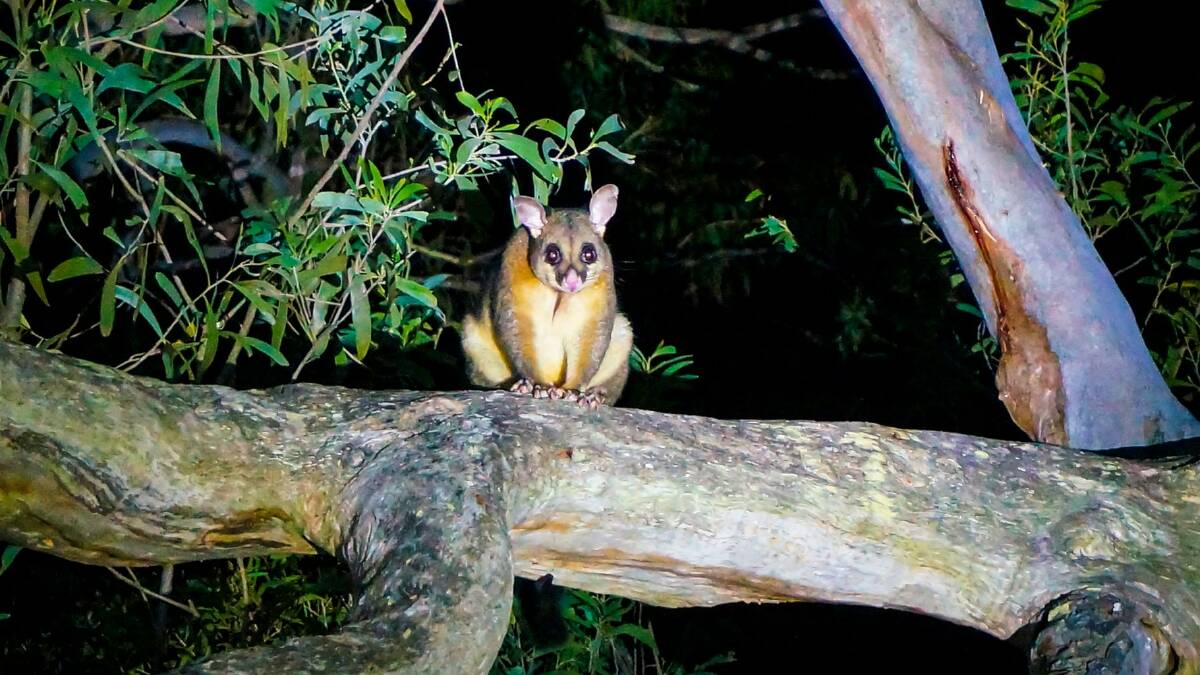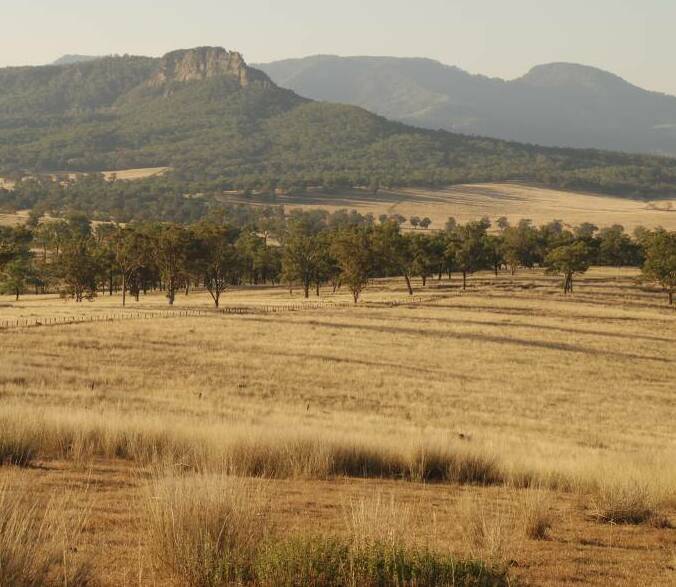The NSW independent pricing regulator has recommended a major overhaul of how the state's controversial biodiversity offset scheme operates.
Under the present scheme, proponents are required to buy credits to compensate for the destruction of habitat that occurs as part of the construction of infrastructure.

Other concerns have been raised about the scheme's integrity and transparency.
The Newcastle Herald recently reported that APA deposited more than $12 million with the Biodiversity Conservation Fund in order to compensate for the loss of high value biodiversity associated with the construction of a gas lateral from the Newcastle to Sydney gas pipeline at Killingworth to the Hunter Power Project at Kurri.
The project's 21 kilometre route includes numerous flora and fauna species, some of which are endangered. They include several varieties of spotted gum, smooth-barked-apple and swamp oak trees.
Animals include the Gang-gang Cockatoo, the Little Eagle and the square-tailed Kite.
The NSW Independent Pricing and Regulatory Tribunal's biodiversity credits market monitoring annual report identified several key challenges affecting fundamental aspects of the market-based scheme, including pricing, transaction costs and barriers to entry.
In particular, the report found that allowing development proponents to pay into the Biodiversity Conservation Fund to meet their offset obligations prevents the market from developing and establishing efficient prices to reflect the supply and demand for different credits.
"Government interventions to reduce entry costs and make the market more directly accessible for landholders to buy and sell credits themselves are better ways to ensure an efficient market," tribunal member Sandra Gamble said
The report recommends the government phase out the Biodiversity Conservation Fund pay-in option and establish interim measures to manage the change while the market develops.
"We have also made other recommendations to improve information, reduce trading complexity and increase confidence in the market. However, while these changes may improve the experiences of market participants, they won't fix the fundamental problems inhibiting a well-functioning market," Ms Gamble said.
"Previous reviews of the broader Biodiversity Offsets Scheme have identified similar problems. Our recommendations take these into account and our review examines in detail how the biodiversity credits market can work better."
The IPART report follows a 2022 NSW Auditor General's review that found the market-based approach was not working and was doing little to maintain a healthy, productive and resilient environment.

It was also plagued with problems of integrity, transparency and conflict of interest. In addition, there was no plan for long-term funding for the care of biodiversity stewardship sites.
The state's environment minister Penny Sharpe last month pledged to "fix" the scheme.
"One of our election commitments is to fix the biodiversity offset scheme," she recently told the Newcastle Herald.
It needs to be less complicated and deliver real gains for NSW's biodiversity and habitat.
Ms Gamble said NSW was one of the first jurisdictions globally to introduce a market-based mechanism for valuing biodiversity conservation.
"The Biodiversity Conservation Fund has played an important role ensuring essential development
was not delayed where no credits existed in a complex and newly established market. We've learnt a lot and IPART has recommended necessary changes." she said.







